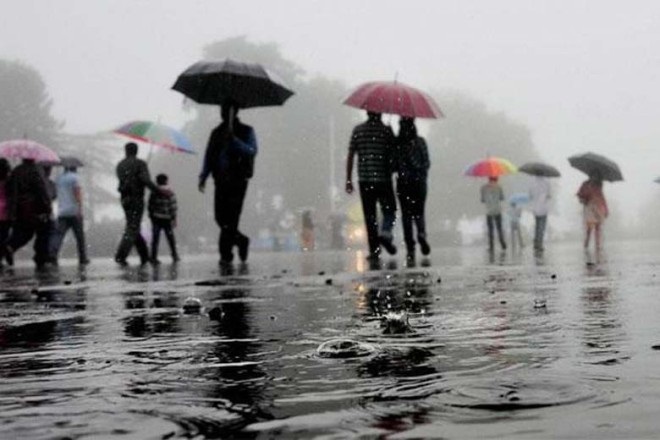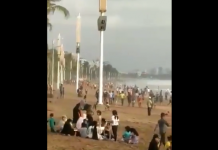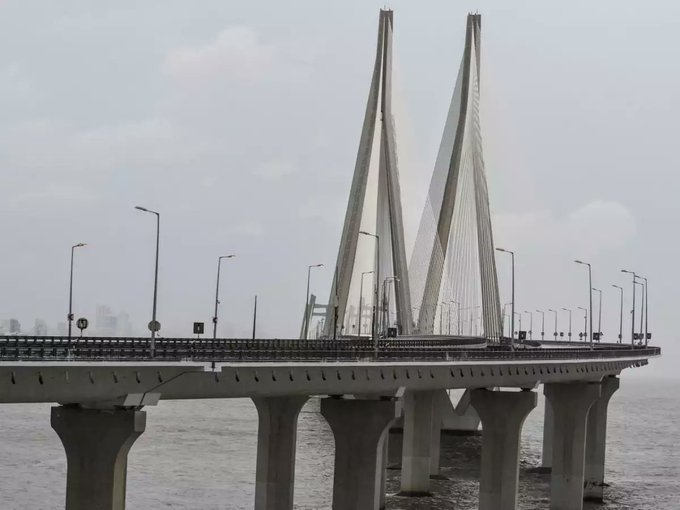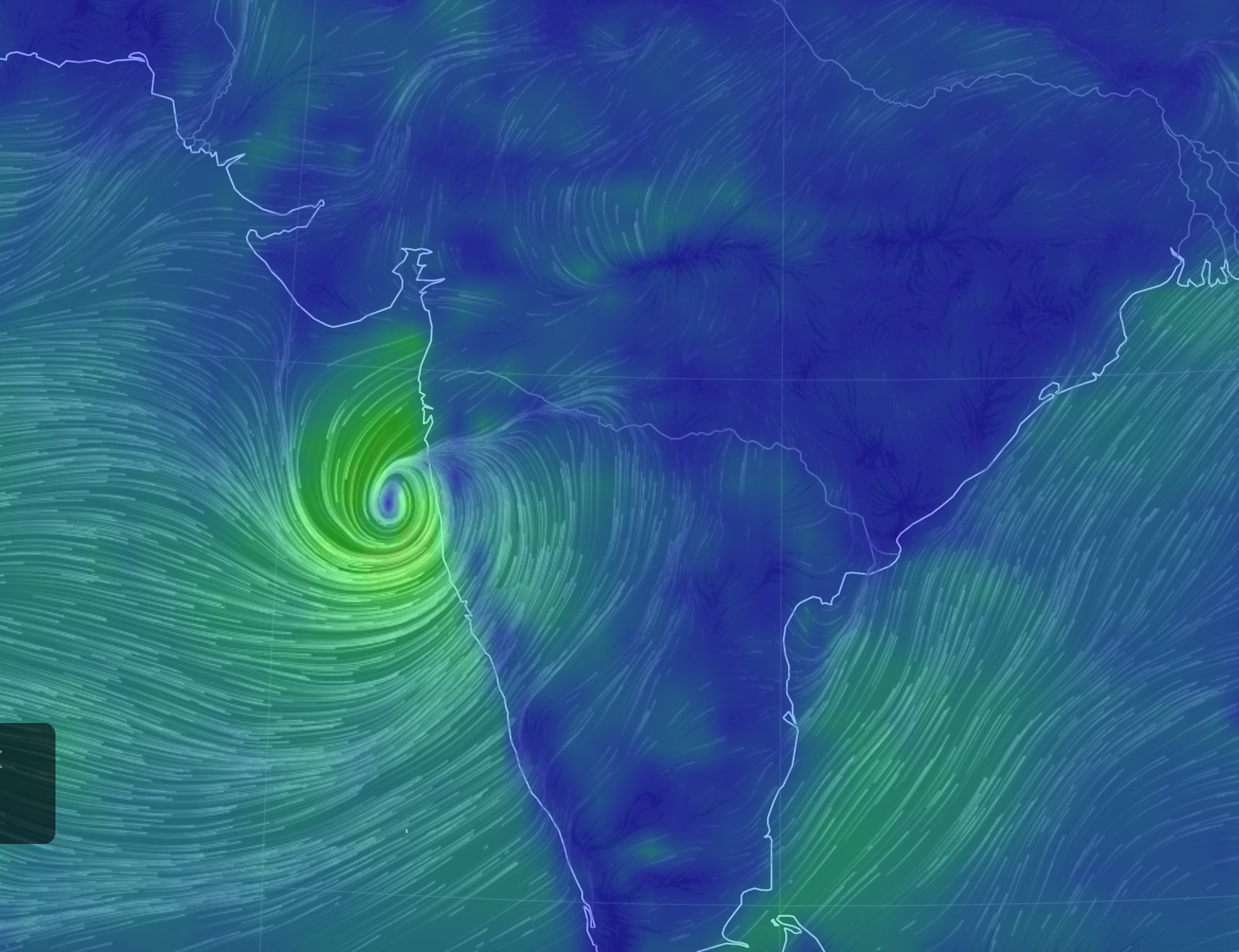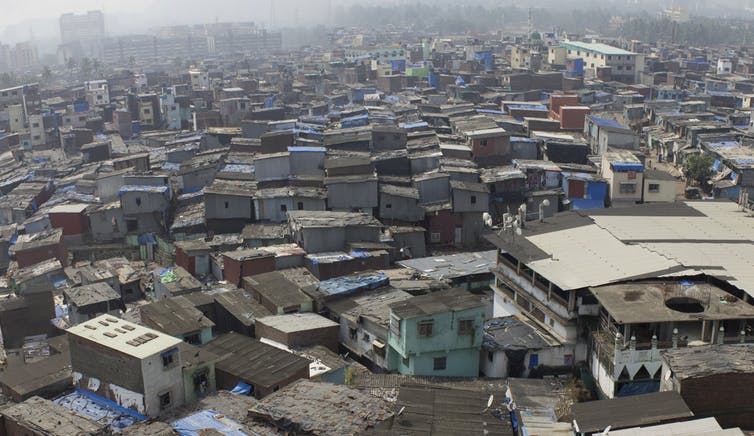ARCHITECT
Mumbai is on the brink of crisis annually as the monsoons hit the city. Overpowering concrete structures, unprecedented constructions and the lack of collective will need to be blamed for the situation. Is the rest of the nation prepared to learn a lesson?
Rahul Parikar is an Architect – based in Mumbai.
[supsystic-social-sharing id=’5′]

Every year Mumbai faces extensive flooding after the monsoon. The authorities have extreme difficulty in handling the city when this condition takes place.
The traffic, the flooded streets, the difficulty in procuring essential items, the issues related to sewage and innumerable other day to day problems become even more bigger when the rains strike Mumbai.
The reason for the issue is among several other factors the real estate driven development of the metropolis which has led to the blocking of drainage channels its concrete making it difficult for rain water to seep down into the earth. When rain water percolates down into the earth it nourishes the ground and makes it possible to handle excessive rain water.
The metropolis continues to give more importance to building projects than to the issues that ordinary people are compelled to experience.
Mumbai is resonating true to its yearly tradition and experiencing clogged drains, water logging, disrupted transport and great chaos in several sectors of life.
The low lying areas of the city especially those lying near the railway stations are almost submerged and the city’s railway system and flight system have also been affected severely.
The rains have also lead to issues like power cuts especially in regions like Vasai- Virara where recently a power cut of more than 37 hours lead to a chaos and people found it impossible to restore even basic food and water storage.
In Nalasopara, the Indian Army and the National Disaster Response Force were called to rescue more than 2000 passengers form the stranded Mumbai-Vadodara train on inflated boats across railway tracks.
The city is gifted with its own natural drain mechanism that if allowed to function properly can tackle the issue of massive rainfall. The city that has natural drainage mechanism like Mumbai should have utilised this privilege and not bowed down to rains every year. Mumbai is an island city and on its west is the sea and on the east there is a wide creek.
Mumbai also has a large number of water bodies such as marshes and mangrove forests that easily absorb excess water. Mumbai also has a well networked canal system and four rivers that can enable it to handle its water based issues.
It is paradoxical that despite having such a sound planning for water management, the city faces such an issue every year. The recent decades have seen unprecedented construction taking place in the city that has affected the natural water percolation.
The lack of urban planning and the inefficient mechanism adopted by ordinary people have generated this crisis. The Mumbai Municipal Corporation reportedly spends less than 18% of its budget on the drainage infrastructure that can reduce monsoon chaos.
[irp]
The canals and creeks that are significant for drainage mechanism are clogged but the municipal body often misses the deadline to clean them.
A major reason for the crisis in Mumbai is concrete that has taken up a large part of the ground area of the metropolis. There are fewer places through which rainwater can percolated into the ground. Increased constructions have led to afforestation and reduction of forest areas.
The curtailment of forests has meant that no appropriate mechanism for natural drainage of rainwater remains. Urban planning that is inefficient and ecological negligence has brought Mumbai to a terrible condition. It is time that Mumbai learns some lessons and so does the rest of the nation given its unprecedented growth and unplanned urbanisation.

